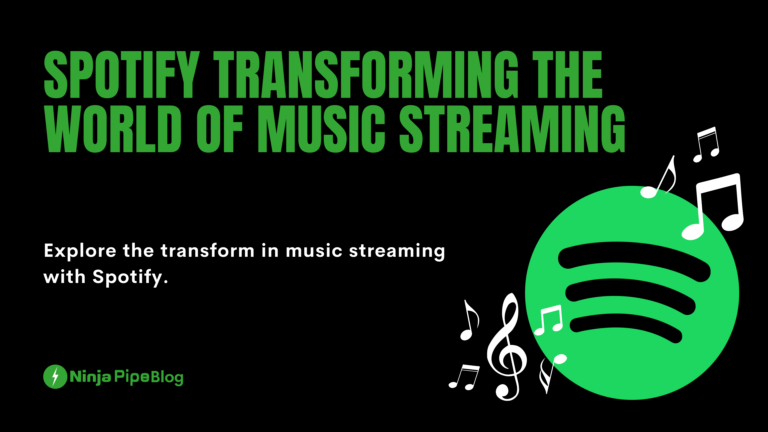Learn SEO and its workings. Become proficient in how Search Engine Optimization increases online visibility, boosts website ranking, and drives web traffic.
Introduction:
Are you new to the world of Search Engine Optimization (SEO)? Wondering how it works and its role in driving traffic to your website? Let’s simplify the complexities of SEO and explore how it can benefit you. In this article, we’ll cover the basics, the three pillars of SEO, the difference between paid and organic search, how search engines operate, and what the future holds for AI in SEO.
What is SEO?
SEO, or Search Engine Optimization, is the process of increasing your website’s visibility in search engines’ organic results. The goal is to improve your site’s ranking, making it more likely for people to find and visit. SEO isn’t just for Google – it’s important for platforms like YouTube and TikTok too, as social media becomes a significant source of information.
The Three Pillars of SEO:
- Technical Optimization: Activities behind the scenes, like submitting your sitemap to Google.
- On-Page Optimization: Ensuring relevant and user-friendly content through keywords and content management systems.
- Off-Page Optimization: Boosting rankings through high-quality backlinks that build your site’s reputation.
Paid Search vs. Organic Search:
Understand the differences and similarities between paid and organic search results. Paid results appear at the top, offering quick outcomes, while organic results take time to develop. Recognize that Google’s Search Generative Experience (SGE) is developing display advertising with the help of AI.
How Do Search Engines Work?
Understand the three stages of search engine operation – crawling, indexing, and ranking. Learn how algorithms find and evaluate web pages, and learn the importance of factors like keywords, loading speed, and backlinks in the ranking process.
How Does Google Order and Rank Search Results?
Google’s algorithms, including Hummingbird, Panda, and RankBrain. Understand RankBrain’s role in explaining unfamiliar queries and how it prioritizes user satisfaction over keyword optimization. Consider Google’s EEAT framework for a comprehensive approach.
Getting the Most Out of RankBrain:
Optimize your website by focusing on long keywords, using natural language, and improving page titles and descriptions. Increase user experience, increase live time, and reduce bounce rate for better engagement.
What is an SEO Strategy?
Develop a clear strategy to optimize your content for higher search engine rankings. Local SEO is important for small businesses targeting specific areas. Set realistic objectives aligned with overall business goals, measuring success through metrics like keywords, organic traffic, and leads.
Becoming an SEO Specialist:
Find the high demand for SEO skills in various industries. Get important skills like keyword research, link building, content optimization, data analysis, and technical SEO. Recognize the importance of soft skills like critical thinking, communication, and teamwork.
Conclusion:
AI and SEO – What’s Coming?
Understand the current and future role of AI in SEO. Stay updated about Google’s Search Generative Experience, predictive analytics, AI in local SEO, Answer Engine Optimization, video SEO, and Core Web Vitals for a comprehensive understanding of the developing landscape.
In conclusion, while SEO may require patience and adaptation, a solid foundation and strategic approach can lead to improved user experience and increased conversions for your business.








Leave a Comment